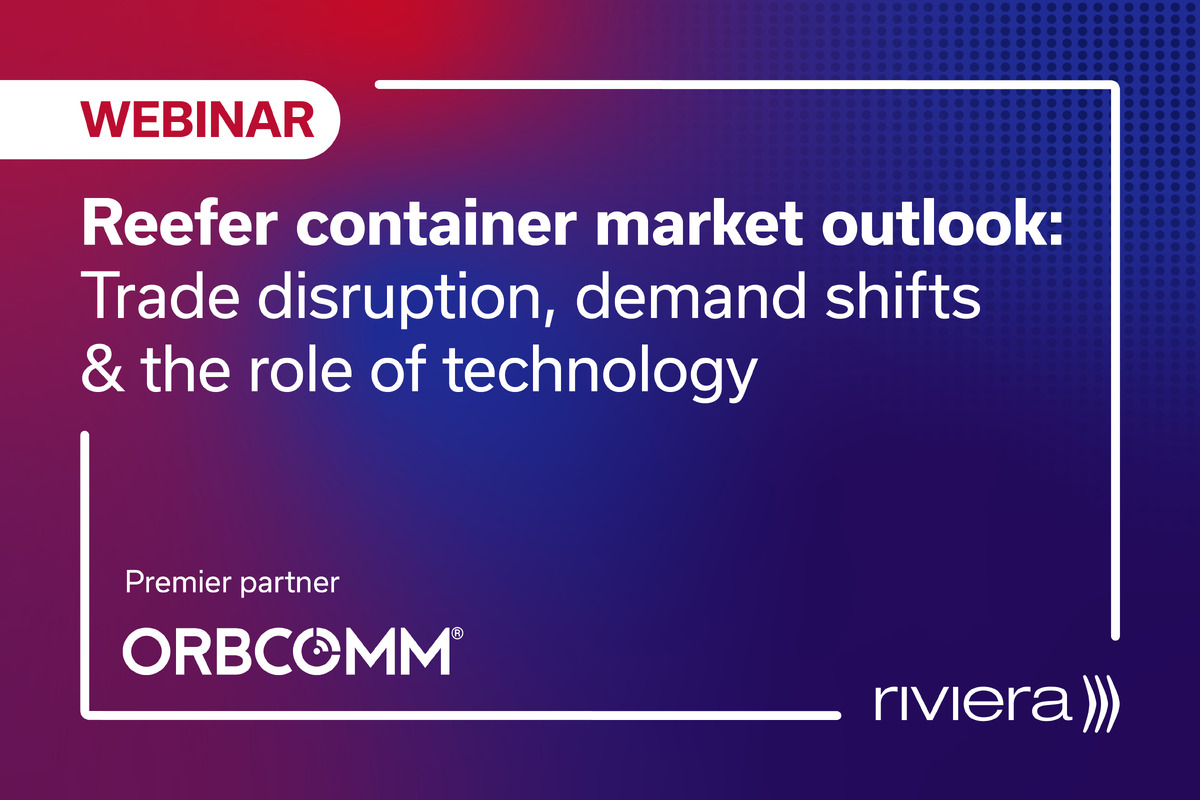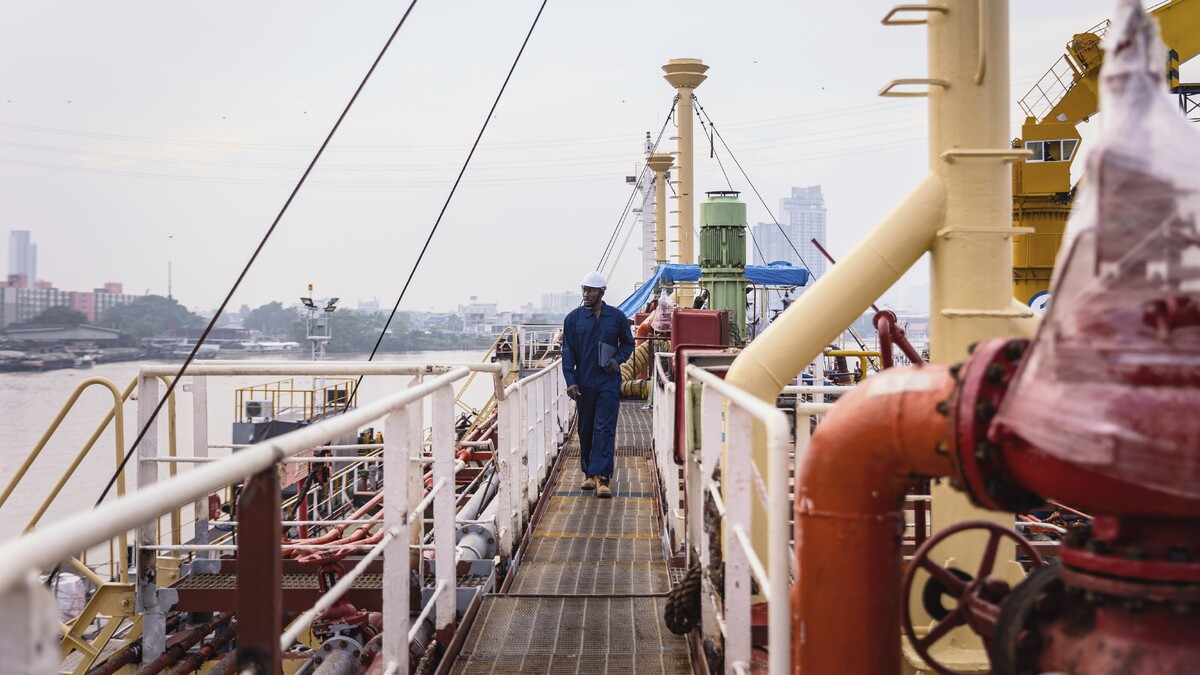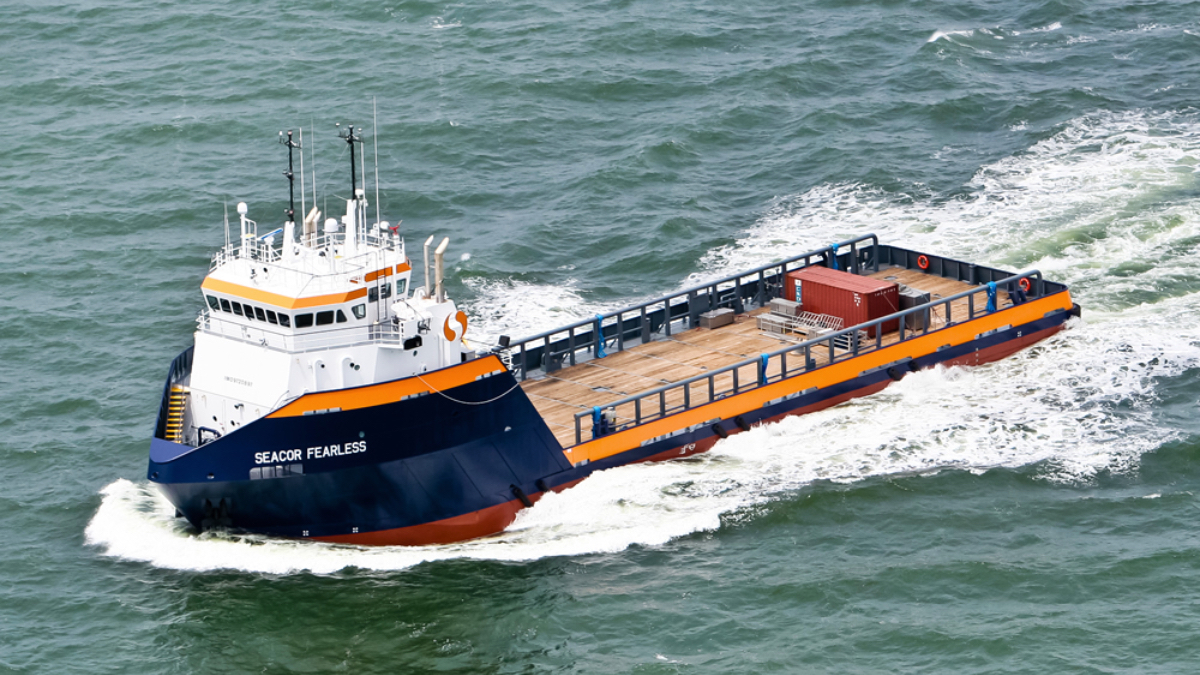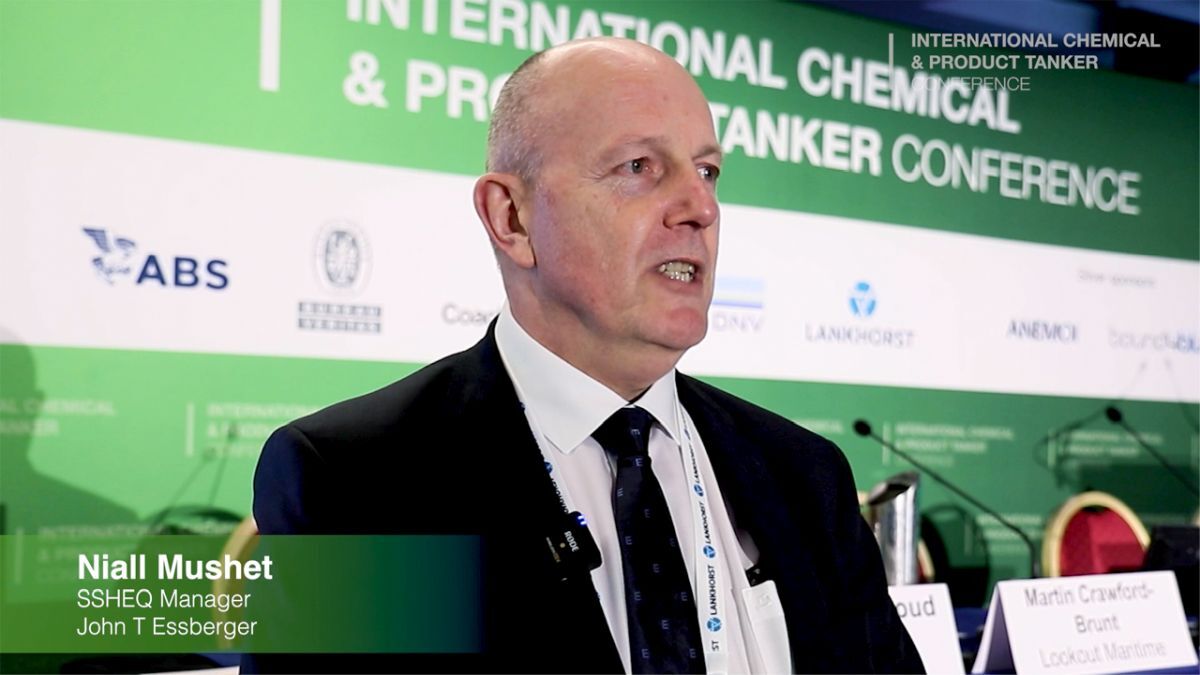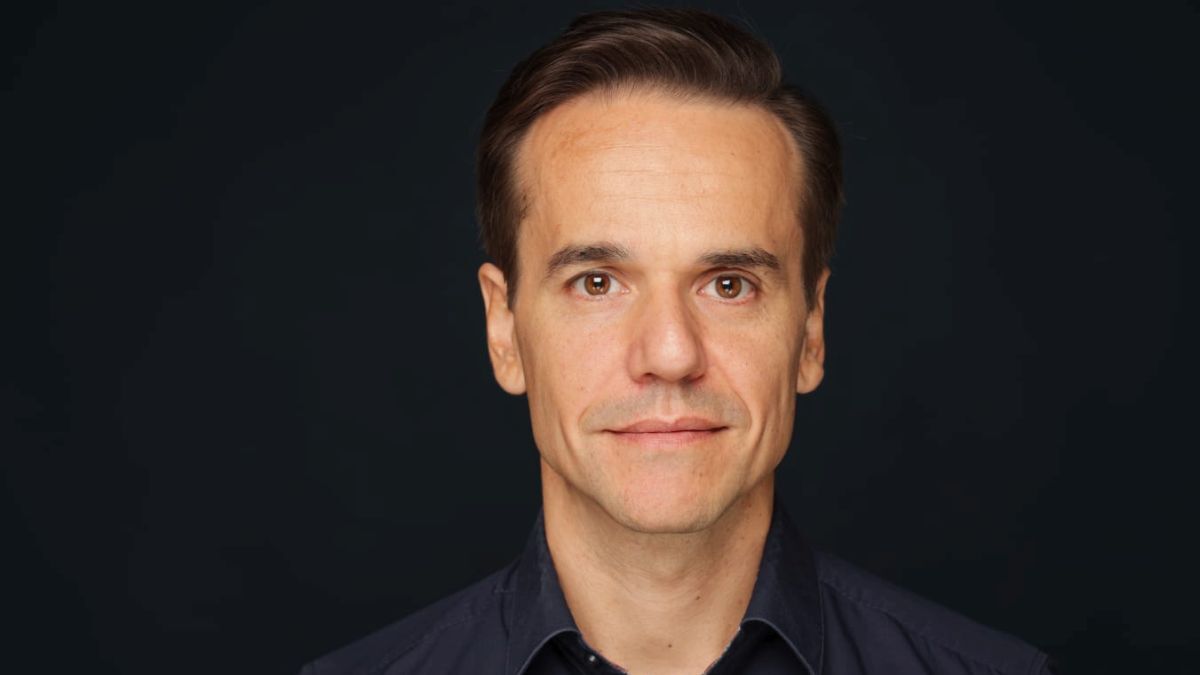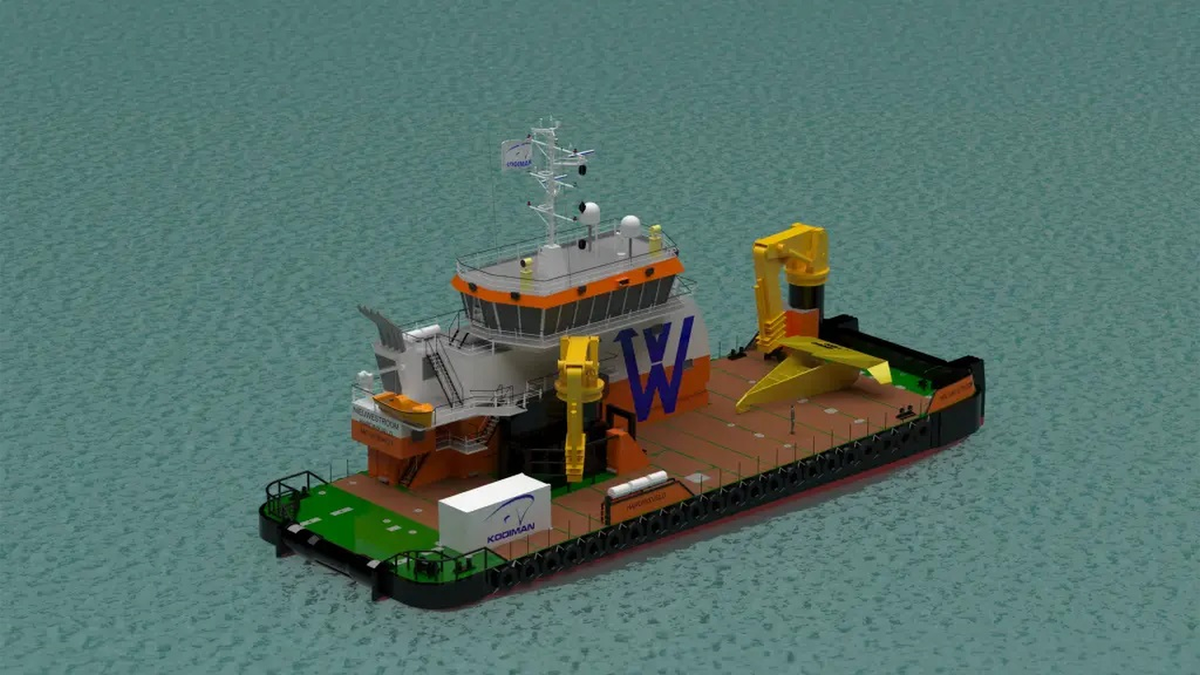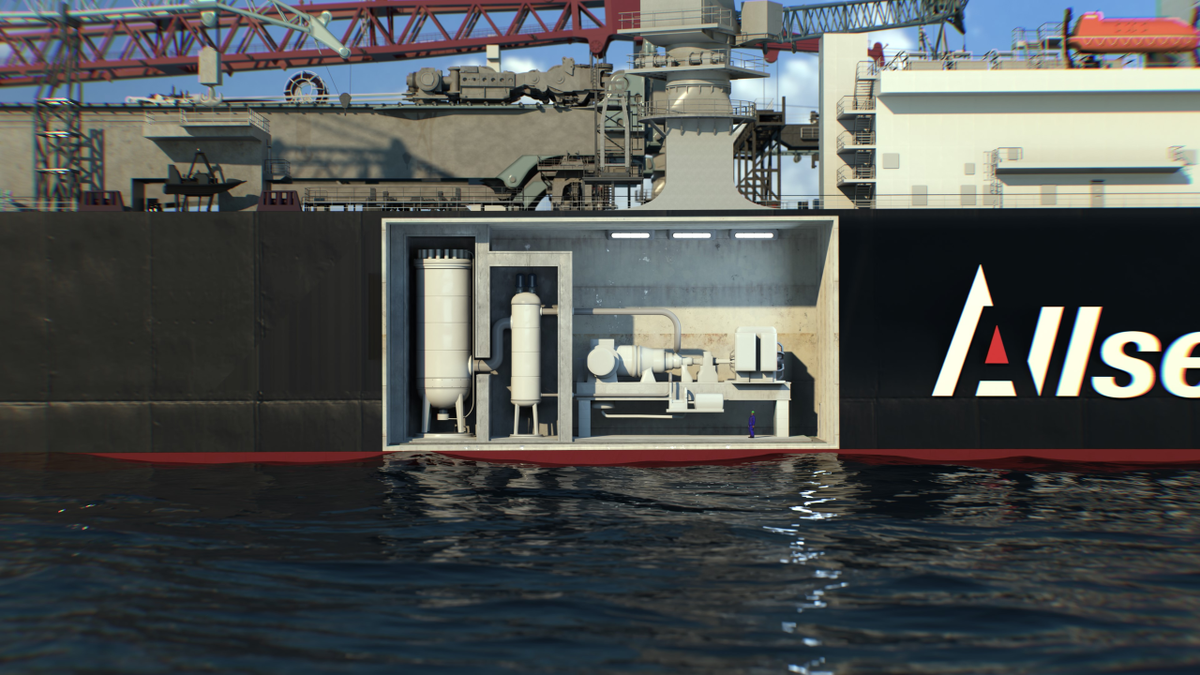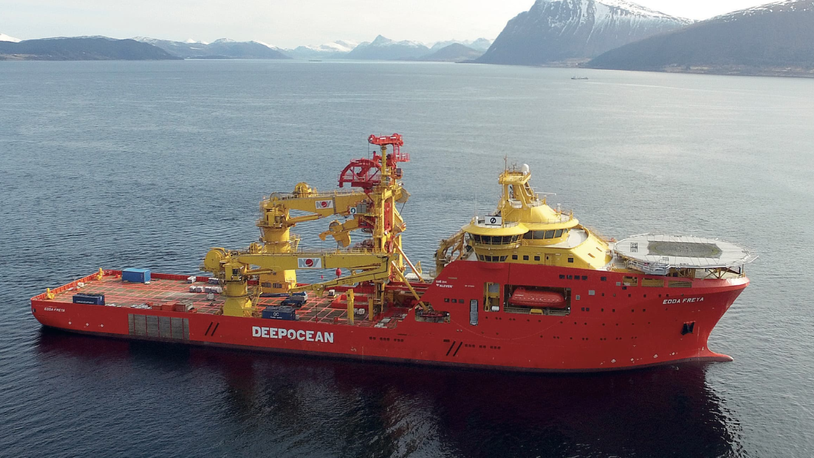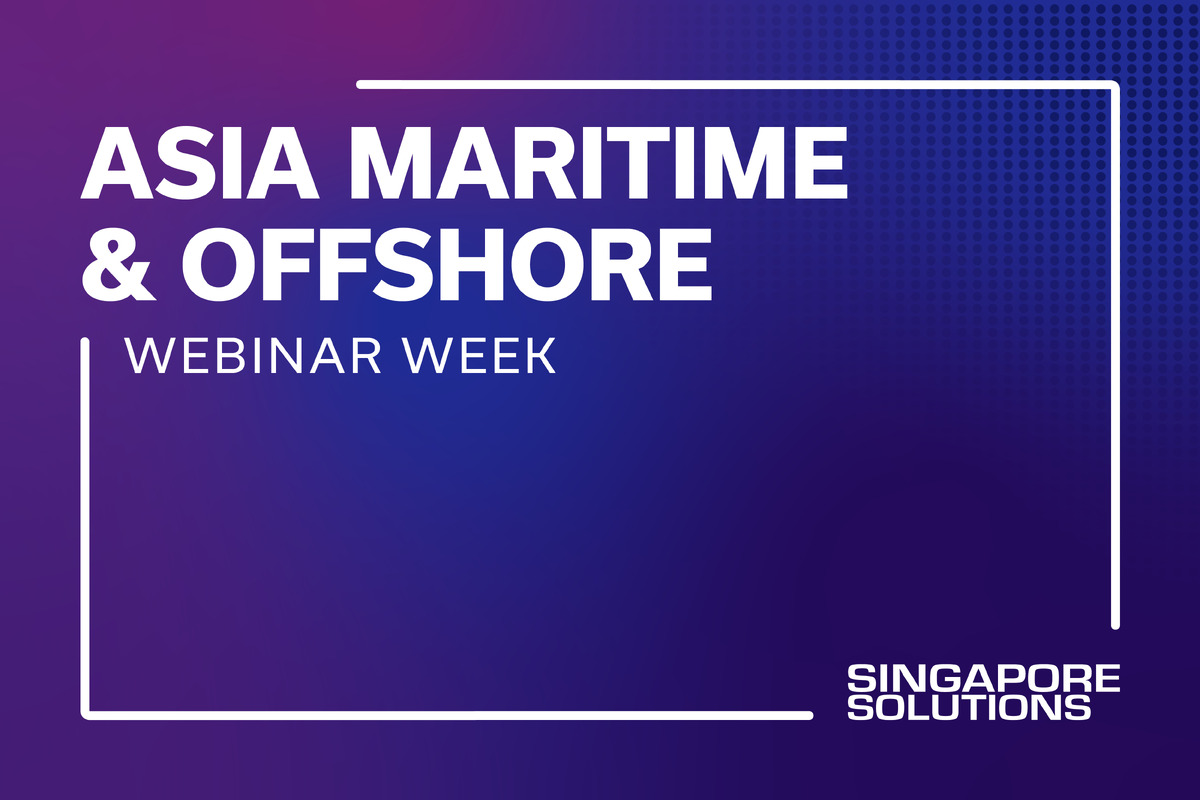Business Sectors
Contents
Owners upgrading fleets to meet high-spec demands
Owners operating in the Middle East are optimistic about the future opportunities for their offshore support vessels (OSVs). Demand for OSVs is strong and the market for these assets is steady and growing. State-run oil companies, such as Saudi Aramco and Abu Dhabi National Oil Co (Adnoc), are modernising the fleets of vessels they charter and continuing to invest in new offshore projects. There is also demand for OSVs from energy companies working in Qatar and the United Arab Emirates (UAE), while new opportunities are opening up in the Red Sea and offshore Oman.
Operators such as Zamil Offshore, Halul Offshore, Esnaad, Stanford Marine and Topaz Marine are enhancing their fleets with newbuildings. Other shipowners are improving their fleets through acquisitions.
“There are a lot of opportunities and owners are optimistic about the future,” said Steve Dougal, managing director of shipbrokers Century Marine Services. “Owners see areas of expansion in exploration and offshore construction, and from the modernising of fleets by major charterers such as Saudi Aramco and Adnoc. So they are encouraged to modernise their fleets. In the market, there are long-term charters and rates are steady, so there is a fair amount of stabilisation.”
This stability has led to owners feeling more confident about reducing the average age of their fleets. This has led to a two-tier market with a small amount of available modern tonnage, and dwindling opportunities for the older and smaller vessels. Thus 1980s-built tonnage is increasingly unemployed and laid-up.
“With owners continuing to upgrade their fleets, there are quite a few older vessels available to purchase,” said Mr Dougal. “For modern tonnage, utilisation rates are good for owners, but for older tonnage, utilisation is a problem, with many vessels moored up in UAE ports. Some older vessels are going for scrap, but many are owned by small companies with lower overheads, and it only takes a couple of jobs each year to make these vessels profitable. So there is a lot of competition, but also a lot of opportunities.”
Despite the increasing requirements for modern ships, charter rates have not been positively affected. “Rates are subdued within a band that is around 10 per cent above and below the median line,” said Mr Dougal.
He explained that owners of modern platform supply vessels (PSVs) of around 3,000 dwt can charge daily rates of around US$16,000–US$17,000 on the spot market. But owners of 1980s-built PSVs are only getting spot rates of around US$8,000–US$9,000 per day. The workhorses of the region are the 5,150 bhp anchor handlers, which are getting spot rates of around US$9,000–US$10,000 per day.
Many of the recent tenders for OSVs have required DP2 class vessels. It is thought that this is required to reduce the risk of damage to subsea facilities by mooring lines and anchors. “There are a lot of pipelines in the Arabian Gulf and it is easier to use DP than a four-point mooring system, as there is less risk to the subsea infrastructure,” Mr Dougal explained. This is especially the case in areas offshore Qatar and Abu Dhabi where there are multiple field developments and existing production facilities.
“Qatar remains a good market for owners but there are strict criteria of what charterers want,” he added. “Major oil companies have come from the North Sea environment and want to transfer these high standards. In the UAE, especially Abu Dhabi, operators are following the high standards set by Saudi Aramco, so they are catching up. There is growth in the UAE, but it is increasingly difficult to work there with older vessels. In Abu Dhabi, there are several offshore islands that need supplies, so there is a healthy market for landing craft.
“Offshore Iraq, there are opportunities for smaller shallow-draught vessels, such as multicats and utility vessels. In Kuwait and the Neutral Zone there are steady contracts, but in Kuwait there are questions of how internationally competitive the market is as business often goes to local owners. There are some enquiries for Red Sea operations with Saudi Aramco doing more exploration, but offshore Sudan there are security issues, holding this market back.”
Saudi Aramco is in the middle of a fleet enhancement programme. It is increasing the chartered-in fleet from 210 vessels in 2013 to around 260 vessels in 2016, and is also reducing the average age of these vessels. It is upgrading production facilities, including infrastructure on the Abu Saafa, Berri, Marjan and Safaniya offshore fields.
The growing fleet requirements led to Zamil Offshore ordering three 2,500–3,000 dwt PSVs and four 80–120 tonnes bollard pull anchor handlers from China. The company also plans to order 10 more vessels including multipurpose support vessels, more anchor handlers and diving support vessels (DSVs). Zamil has taken over a charter on a new shipyard in Dammam, and recently signed a ‘heads of agreement’ with OSV designer and builder Fincantieri, possibly to prepare for a newbuilding campaign (OSJ April 2014).
Halul Offshore has ordered six OSVs from Indian construction group Larsen & Toubro, including four PSVs and two anchor handlers. This is on top of the vessels that Grandweld Shipyard is constructing for the Qatari owner.
One of the largest recent newbuilding orders was for 10 vessels that will be operated by Esnaad. Parent company Adnoc has ordered 10 PSVs from Shipyard De Hoop in the Netherlands. The 65m vessels will be built in the Lobith and Foxhol shipyards for delivery in 2015 and 2016. The first of these vessels are due to be delivered in the first quarter of 2015. For these newbuildings, Aage Hempel has secured a contract to supply integrated bridge systems from UK-based Kelvin Hughes, as well as vessel communications and other electronics equipment. When the vessels are delivered, Esnaad plans to operate them from the Mussafah offshore supply base, 40km from Abu Dhabi.
Arina Offshore has expanded its fully-owned fleet from nothing almost three years ago in reaction to growing demand in the Middle East. Now, however, the company is looking at different regions to expand in because of the tight vessel market in the Arabian Gulf. It is a trend that other owners are following. Managing director Charles Verghese said the strategy is still to own vessels once Arina has gained long-term charters, but more outside of the region.
“The Middle East market is getting very congested and in some cases there seems to be some sort of cabotage being applied, but not officially,” he said. “There are too many players and for us we are now exploring new markets away from the Middle East. We are not tendering for local projects but concentrating on worldwide tenders, and reducing the risk of having our fleet working in one area or segment.” Arina Offshore is working on deals that it cannot yet disclose involving two vessels outside of the Middle East.
One charter it can disclose is the recent bareboat charter of Borcos Tasneen 5 to Zamil Offshore, which has a contract for the vessel with Saudi Aramco. “We also have 68m Arina Samurai, a MPSV DP2 newbuilding, which when completed in mid-May will go on a long-term charter in Malaysia,” said Captain Verghese. Arina Samurai, with a 30-tonne subsea crane and moonpool provides remotely operated vehicle (ROV) support on a three-year charter. Arina is in the process of finalising a 78m PSV from Sinopacific in China to cover a three-year charter with an undisclosed oil major and has chartered-in two shallow-water utility vessels working for Saudi Aramco.
The company’s fleet expansion began in 2012 when fast crewboat Arina Scout was acquired and went on long-term charter to Saudi Aramco. Arina then purchased fast service and intervention vessel Arina Server to support exploration in Kuwait. The next deal was the acquisition of Pelican Quest, which was renamed Arina Quest and chartered for three years to Adnoc.
Consolidated Contractors Company’s Underwater Engineering (CCC UE) subsidiary is considering an expansion to the fleet with an investment in a new 91m subsea construction support vessel to cater for deeper waters than encountered in the Arabian Gulf. The company’s fleet consists of its flagship 2005-built diving support vessel CCC Pioneer and two 2012-built vessels Maritime 1 and Maritime 2.
These vessels support pipeline, flowline and umbilical laying, as well as providing light subsea construction work all around the Middle East. CCC UE’s clients include oil majors such as Total, Occidental and Maersk Oil, and state energy companies Saudi Aramco, Zadco and Adma-OpCo. The client list also includes large offshore engineering companies such as Technip and Saipem. Offshore operations manager Rakesh Iyer said 65m DSVs Maritime 1 and Maritime 2 are used for inspection, maintenance and repair (IMR), as well as survey and light construction work. CCC Pioneer is suitable for survey, IMR and flexible pipelay.
“The Middle East is a strong, yet steady market with plenty of work for our vessels, so we have high utilisation,” said Mr Iyer. “Our vessels are engaged in cable laying, flexibles laying, subsea matt work, installation of subsea equipment, including spools for various clients. They have diving support capabilities to water depths of 100m.”
CCC UE has plans to expand outside of the shallow-water sectors. “We are building a larger vessel than CCC Pioneer, with a 150-tonne crane that will be capable of heavy lifting in deeper waters,” said Mr Iyer. “It will have more people on board and will be able to lay larger cables. When this vessel is delivered in 2015, we will be able to explore different markets.”
The company’s latest investment was to acquire a Saab Seaeye Cougar XTi ROV fitted with an iCon intelligent control system. CCC UE’s ROV manager Tavis Letherby said this will be used for both pipeline and platform IMR work. “Pipeline operations use a plethora of kit that makes intensive demands on the ROV,” he explained.
“Platform work makes greater demands on the pilot. During platform work the small size of the Cougar and its manoeuvrability, even in strong currents, makes it easy to fly inside and around structures. The pilot also needs more information during complex manoeuvres, which is provided in simple form through the intuitive iCon system,” he said. CCC UE also has a fleet of a Saab Seaeye Panther XT Plus electric work-class ROVs.
Owners waiting for Iranian opportunities
There could be plenty of chartering opportunities for offshore vessel owners in Iran, if international sanctions on the country are lifted or eased. The Iranian authorities plan to rejuvenate the offshore oil and gas fields in the Persian Gulf in order to stabilise and increase production. Even without the easing of sanctions, Iran is planning to invest in offshore oil production facilities that have been neglected over recent years.
Owners are waiting for the sanctions to be eased and for tendering to commence on these projects, said Century Marine Services managing director Steve Dougal. “At some stage the Iranian market will open up. Owners think this is only a matter of when, rather than if,” he said.
“When the Iranian market does open up, then there will be a big influx of vessels from Asian operators, as they see this as their chance to come into the Middle East market. Iranian charterers will be happy to use older vessels at first, but they could impose age restrictions eventually.”
The Iranian Offshore Oil Co (IOOC) is looking to renovate three oilfields in the area around Kharg Island to restore output, then increase production by a third. Reports from Iran indicate that Pars Petro Zagros Engineering & Construction (PPZ) has been appointed to manage the upgrade work on three oilfields. The offshore work will be carried on the Forouzan field, which is linked to the Marjun field in the Saudi Arabian section. The Iranian Doroud and Abuzar fields will also be upgraded.
PPZ’s work will consist of engineering, drilling and construction of platform facilities that pump crude to the Kharg Island tanker loading and export infrastructure. It is thought the project will require some access to technology, expertise and resources outside of Iran if it is to be completed on schedule. For that the sanctions would need to be lifted.
There would be other Iranian projects in the pipeline as work on offshore facilities has been limited. In the vicinity of Kharg Island, the Soroosh and Nowrouz platforms, installed with assistance from European oil majors, would need some renovation and upgrade work. There are oil and gas fields to develop in the Farsi block that is close to the Karan gas field in Saudi Arabia.
Iran would be interested in developing further phases of the huge Pars gas field, which is an extension of the giant North gas field in Qatar. There could also be work on the Reshadat and Resalat oilfields near Qatar. There are also several oil and gas fields that are close to the border with the United Arab Emirates, such as Sirri, Civand, Dena and Salman, and the Henjam field close to Oman. There would be huge potential for offshore vessels if the sanctions are lifted and Iran begins reinvesting in all these fields to boost oil output. OSJ
Related to this Story
Events
Reefer container market outlook: Trade disruption, demand shifts & the role of technology
Asia Maritime & Offshore Webinar Week 2025
Marine Lubricants Webinar Week 2025
CO2 Shipping & Terminals Conference 2025
© 2024 Riviera Maritime Media Ltd.
